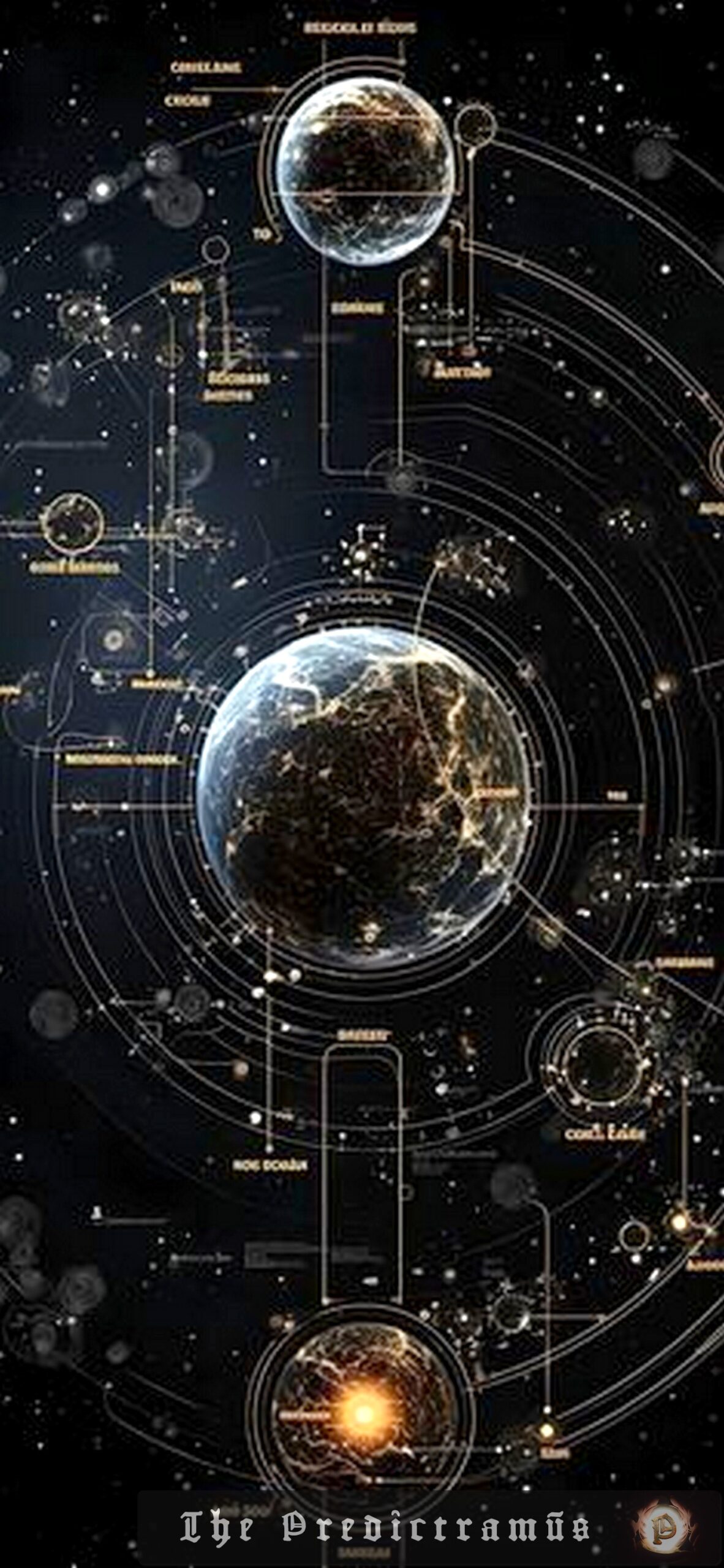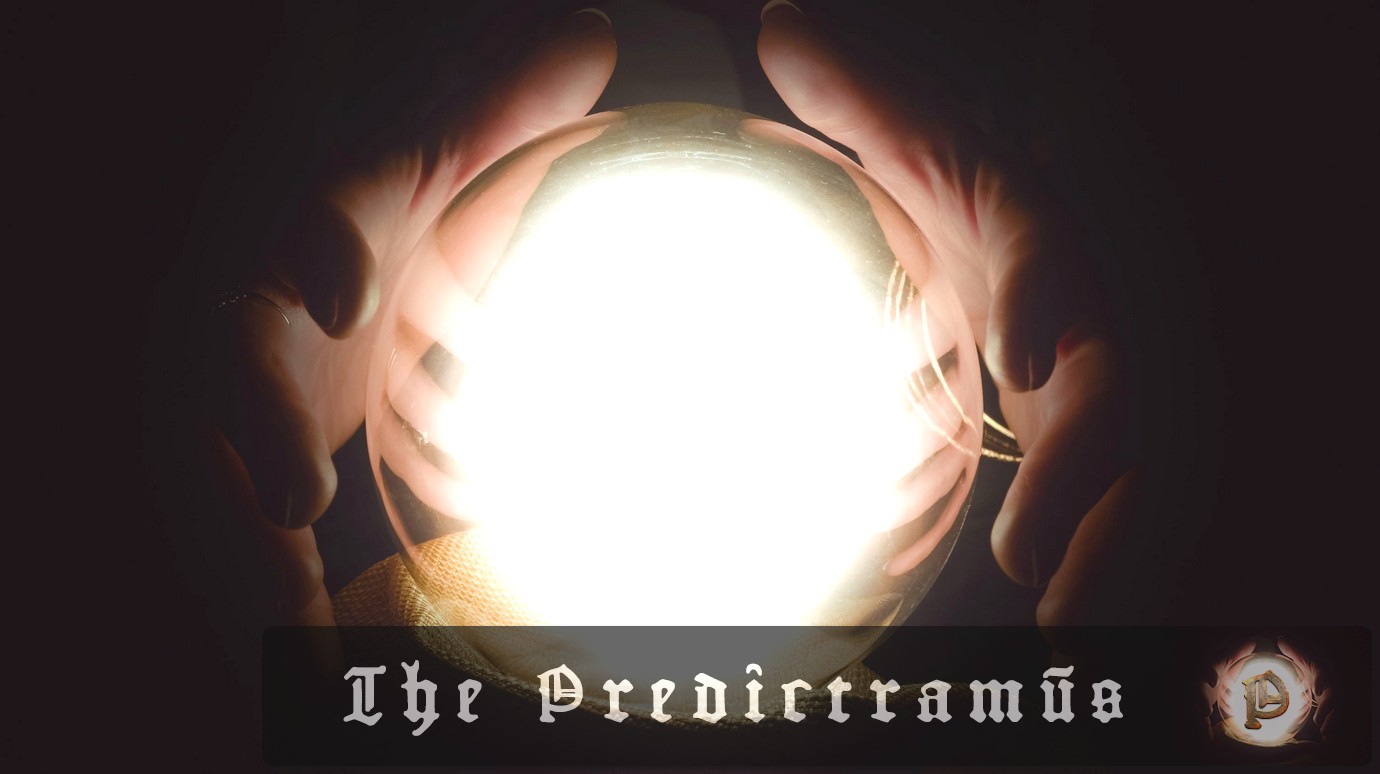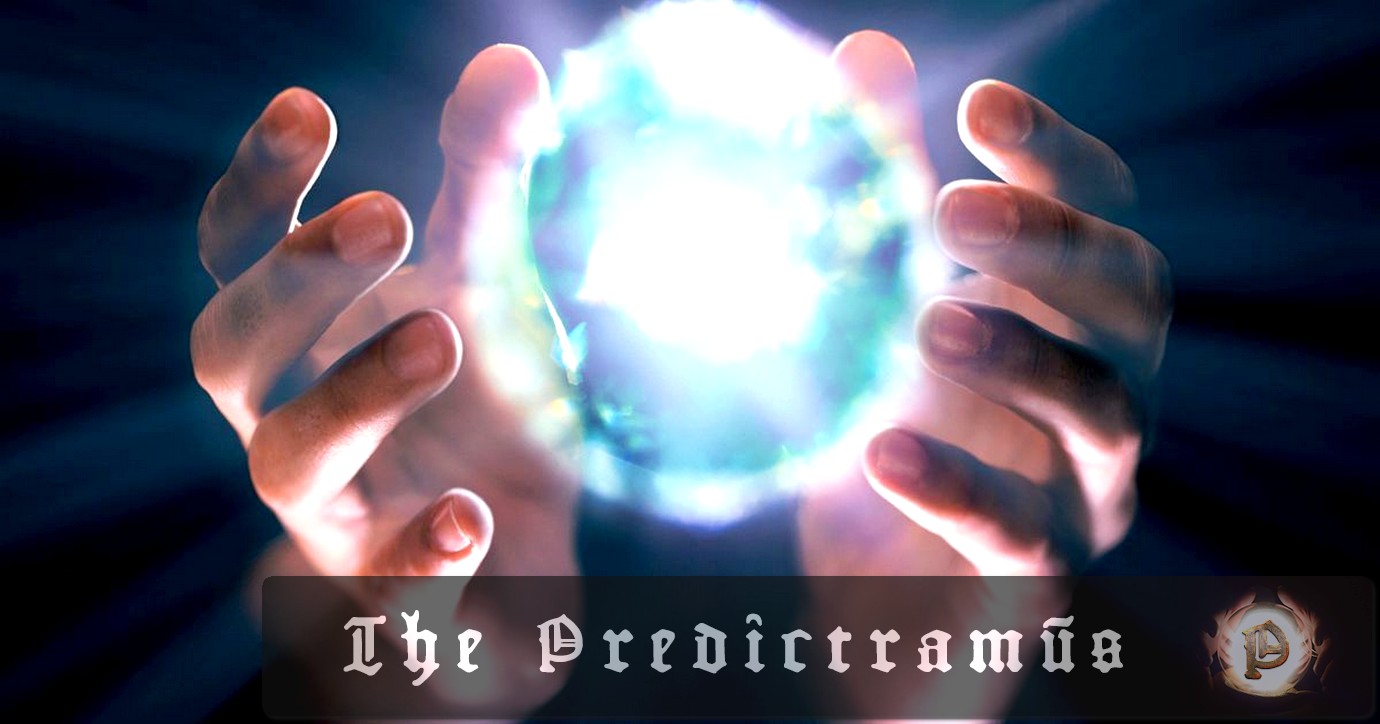Researchers in Austria and Spain have successfully created Schrödinger cat states at temperatures up to 1.8 K, a significant breakthrough that could benefit fields such as quantum computing and quantum sensing. This achievement challenges the conventional wisdom that ultracold temperatures are necessary to create these fragile quantum states. The team used a microwave cavity to…
Physics on The Soothsayer / page 11
A team of researchers at Georgia Tech’s WISH Center has developed a revolutionary brain-computer interface (BCI) system that enables users to control devices with their thoughts, even while moving. The system uses microscale brain sensors that can fit between strands of hair, overcoming previous limitations of bulky and rigid sensors. This breakthrough has the potential…
Researchers from the Institute of Physics of the Chinese Academy of Sciences have successfully created the first two-dimensional (2D) sheets of metal, a breakthrough that could lead to the development of novel electronic devices and a deeper understanding of quantum physics. The team used a technique called vdW squeezing to melt and compress pure metal…
Physicists in Germany and France have proposed an experiment that could revolutionize our understanding of high-temperature superconductivity. The experiment involves trapping atoms on a two-layered laser grid, which could help scientists study the mechanism behind this phenomenon. This breakthrough could lead to a deeper understanding of macroscopic quantum phenomena in many-body systems. Forecast for 6…
A team of researchers from Los Alamos National Laboratory has unveiled a groundbreaking model that sheds light on the mysterious process of heavy element formation in collapsing stars. According to the study, energetic photons generated by newly forming black holes or neutron stars can transmute protons into neutrons, creating ideal conditions for the rapid neutron-capture…
Researchers at the SLAC National Accelerator Laboratory have achieved a groundbreaking feat by producing the world’s most powerful ultrashort electron beam. This accomplishment marks a significant milestone in the field of particle acceleration, with potential applications in various areas, including medicine, materials science, and energy research. The achievement demonstrates the lab’s commitment to pushing the…
Researchers from China, the UK, and Singapore have successfully demonstrated the quantum analogue of the Mpemba effect, where a quantum system can cool faster than expected under certain initial conditions. This breakthrough has significant implications for the development of quantum computers and batteries, as it provides a new strategy for designing and analyzing open quantum…
Physicists at the Georgia Institute of Technology have introduced a novel method for generating entanglement between photons, a crucial step in building scalable quantum computers. This breakthrough approach leverages non-Abelian quantum holonomy to entangle photons in a deterministic way, eliminating the need for strong nonlinear interactions or probabilistic quantum measurements. The new method has the…
Researchers at Zhejiang University in China have developed a groundbreaking 3D-printed hydrogel that can switch between soft and hard states, enabling novel applications such as smart medical bandages or information encryption. This innovative material has the potential to revolutionize the field of regenerative medicine, flexible electronics, and soft robotics. The team’s creation of a smart…
Researchers at RMIT University and the University of Melbourne have discovered a phenomenon where water droplets generate an electric charge when they stick and unstick from a surface. This breakthrough could lead to more efficient energy-harvesting devices and new applications in fields such as chemical reactions and fuel handling. The team conducted over 500 experiments…










